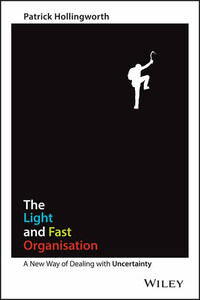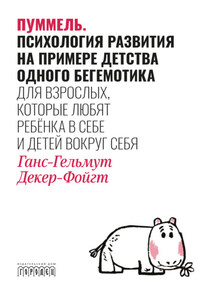First published in 2016 by John Wiley & Sons Australia, Ltd
42 McDougall St, Milton Qld 4064
Office also in Melbourne
© The Trustee for the Patrick Hollingworth Family Trust 2016
The moral rights of the author have been asserted
National Library of Australia Cataloguing-in-Publication data:
All rights reserved. Except as permitted under the Australian Copyright Act 1968 (for example, a fair dealing for the purposes of study, research, criticism or review), no part of this book may be reproduced, stored in a retrieval system, communicated or transmitted in any form or by any means without prior written permission. All inquiries should be made to the publisher at the address above.
Cover design by Wiley
Cover and internal climber images by Sam Scopelliti and Patrick Hollingworth
Disclaimer
The material in this publication is of the nature of general comment only, and does not represent professional advice. It is not intended to provide specific guidance for particular circumstances and it should not be relied on as the basis for any decision to take action or not take action on any matter which it covers. Readers should obtain professional advice where appropriate, before making any such decision. To the maximum extent permitted by law, the author and publisher disclaim all responsibility and liability to any person, arising directly or indirectly from any person taking or not taking action based on the information in this publication.
Patrick Hollingworth works with people, teams and organisations to help them deal with a world which is becoming more volatile, uncertain, complex and ambiguous by the day.
After studying anthropology, geography and psychology at university, he spent a decade with a large international consultancy, working on some of the largest and most complex infrastructure projects ever built in Australia. He's seen the very best of what large organisations can create, and also the very worst.
At the same time he began exploring the uncertainty and complexity which go hand in hand with mountaineering, learning the art of alpine style in the mountains of New Zealand, Canada and France, and then the science of expedition style in the mountains of Alaska, Argentina, Nepal, Pakistan and Tibet.
It's taken him to great heights – literally. He's summited multiple 8000 metre peaks, including Mount Everest, and over the past 15 years has been a member of small light and fast alpine-style teams and has led rather large heavy and slow expedition-style teams. He's seen the very best of what alpine style can offer, and also the very worst of what expedition style can deliver.
Patrick lives and breathes this stuff.
He is based in Australia and travels internationally to deliver keynote presentations, workshops, mentoring and consulting to a range of organisations. These include multinational companies such as British retailer Marks and Spencer, American energy giant Chevron and British-Australian mining company Rio Tinto, through to mid-sized, Australian, Asian and European banks, medical and technology companies, and government departments and educational institutions.
Find out more at www.patrickhollingworth.com
There is a mountain face in Switzerland that from 1933 to 1938 held the attention of the world. Not just the attention of the mountaineering world, but the entire world. A mountain face so steep and imposing that it had become legend: one that, at last count, has killed at least 64 people who have attempted to climb it.
Extending in an unbroken upward thrust for nearly 2 kilometres, this vertical and overhanging face comprised of mixed rock and ice has variously been described as ‘ferociously steep', ‘inaccessible', ‘unclimbable' and ‘murderous'. Known as the Nordwand, German for ‘North Face', it belongs to the 3970-metre-high mountain called the Eiger.
Located in the Bernese Oberland in the northernmost portion of the Alps, the Eiger acts as a weather beacon and attracts the earliest of bad weather moving down from the northern plains of Europe. Not only is the Eiger's North Face incredibly high and steep, it is also somewhat concave, giving it a tendency to collect and amplify storms as they hit. Sunny days and warm temperatures can turn to maelstrom and freezing conditions within minutes, creating blizzards, deadly rockfalls and avalanches. The normal rules for mountain weather just don't seem to apply here.
The Nordwand is a powerful metaphor for the world we are living in today.
At this critical juncture in our history, we too are experiencing unpredictable and violent storms. Fuelled by never before seen and ever more complex interactions between people, places and technology, the sunny days and warm weather of the past are gone and we are now seemingly inundated with maelstrom, freezing conditions, blizzards, rockfalls and avalanches. For most people and most organisations – those that don't have the mindset and skills required to deal with this volatility and uncertainty – it's a terrifying and stressful place to be. It is inherently uncomfortable.








